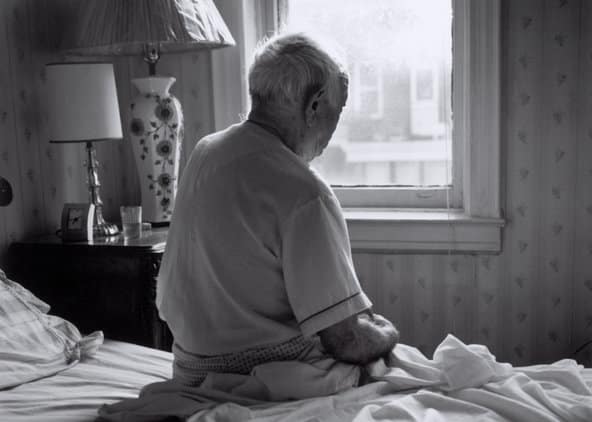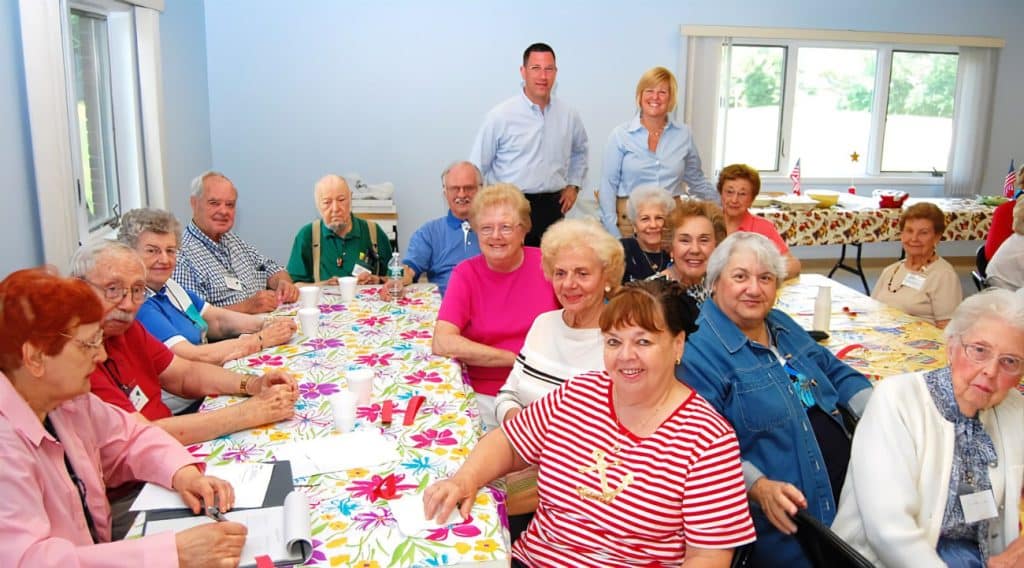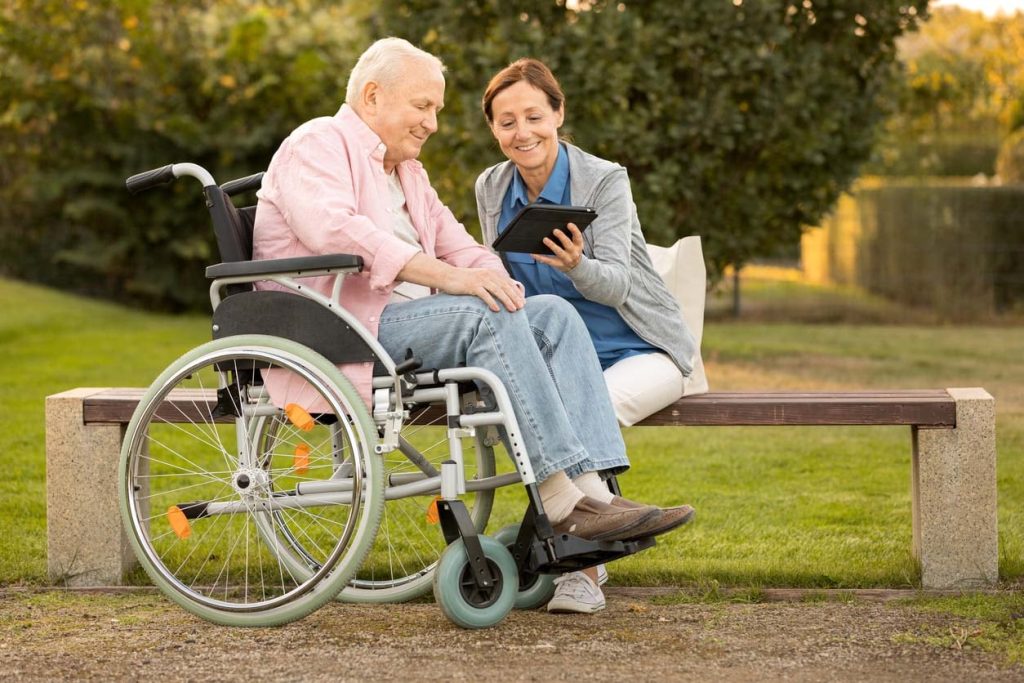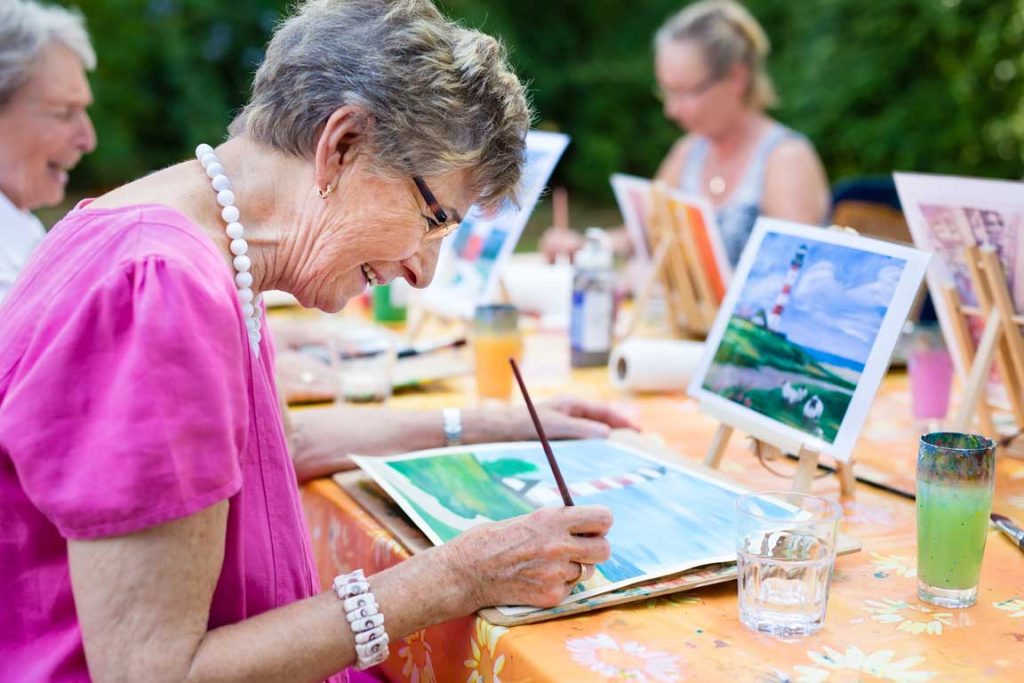The prevalence of social isolation among the elderly is a growing concern that demands attention. As populations age globally, more seniors find themselves living alone, cut off from social interactions that were once integral to their daily lives. This issue is not just a matter of loneliness but a multifaceted challenge affecting mental and physical health. Understanding and addressing the roots and repercussions of this isolation is crucial for ensuring the well-being of the aging population.
Contents
Understanding Social Isolation

Social isolation in the elderly is a complex issue that extends beyond the mere absence of social contact. It is characterized by a reduction in the number of relationships and the frequency of contact with others, often resulting in a sense of disconnection from society. Factors contributing to this isolation range from personal circumstances like the loss of a spouse or friends, to wider societal changes including urbanization and the breakdown of traditional family structures. By comprehending the varied causes of social isolation, one can begin to appreciate its multifaceted nature and the need for comprehensive solutions.
A common misconception is equating social isolation with loneliness, yet these are distinct experiences. Loneliness is a subjective feeling of being alone, regardless of the amount of social contact a person has, while social isolation is an objective measure of the lack of social interactions and relationships. Elderly individuals might feel lonely despite being surrounded by people or may not feel lonely even though they are socially isolated. Understanding this distinction is critical in identifying and addressing the unique needs of isolated seniors.
Impacts Of Social Isolation On Health

The psychological effects of social isolation in the elderly are profound and far-reaching. Prolonged isolation can lead to significant mental health issues, including depression, anxiety, and a marked decline in cognitive functions. The absence of regular social interaction and the resulting feelings of loneliness can exacerbate feelings of worthlessness and despair, further isolating the individual. These psychological impacts not only diminish the quality of life but also contribute to the acceleration of mental health decline in the elderly.
In addition to psychological ramifications, social isolation has tangible effects on physical health. Research has shown that isolated seniors face a higher risk of developing conditions such as heart disease and hypertension. The lack of social engagement can lead to a sedentary lifestyle, worsening pre-existing health conditions, and weakening the immune system, thereby increasing susceptibility to infections and diseases. These health risks highlight the necessity for proactive measures to integrate the elderly into supportive social networks and communities.
Social Changes And Isolation

The progression of social isolation among the elderly can be attributed to several societal changes. Urbanization has led to the dispersal of families, leaving many older individuals without the traditional support systems that were once a cornerstone of their social life. Furthermore, the shift towards nuclear family structures and the increasing mobility of the younger generation have widened the gap between the elderly and their families. These societal shifts necessitate a reevaluation of how communities and societies engage with and support their aging members.
Another factor contributing to social isolation is the evolution of communication methods. The rise of digital communication has transformed the way people interact, often at the expense of face-to-face interactions. While younger generations adapt to these changes, many elderly individuals find themselves alienated, lacking either the skills or the means to engage with these new forms of communication. This digital divide not only deepens the isolation experienced by the elderly but also limits their access to information and services that are increasingly moving online.
Role Of Technology In Social Isolation

Technology plays a paradoxical role in the lives of the elderly. On one hand, it offers unprecedented opportunities for connection, enabling seniors to communicate with distant family members and friends through platforms like video calls and social media. These tools can be lifelines for those who are physically unable to travel or who live far from their loved ones. On the other hand, the reliance on digital communication can exacerbate feelings of isolation for those who are not digitally literate, creating barriers instead of bridges.
The potential of technology to combat social isolation among the elderly is significant. Initiatives like virtual community centers, online hobby groups, and telehealth services can provide vital connections and support. However, these solutions require the development of digital literacy among the elderly, along with accessible and user-friendly technology designs. Bridging the digital divide can empower the elderly to maintain their social networks and access essential services, thereby mitigating the effects of social isolation.
Community And Governmental Interventions

Communities play a crucial role in addressing social isolation among the elderly. Local initiatives, such as social clubs, hobby groups, and volunteer programs, provide opportunities for seniors to engage with peers and participate in communal activities. These programs not only foster social connections but also contribute to a sense of belonging and purpose. Community centers act as hubs for these activities, offering a physical space for the elderly to gather and interact.
Government policies and initiatives are also vital in combating social isolation. Support for community programs, investment in accessible public transportation, and the development of policies that encourage intergenerational interactions can significantly impact the social well-being of the elderly. Additionally, governments can promote awareness and understanding of the issue, leading to greater societal support and the development of more comprehensive solutions to address this growing concern.
The Importance Of Personal Relationships

Personal relationships are fundamental in preventing social isolation among the elderly. Maintaining connections with family, friends, and caregivers provides emotional support and a sense of belonging. These relationships are crucial for mental and emotional well-being, helping to alleviate feelings of loneliness and isolation. Encouraging and facilitating regular contact with loved ones, whether through visits, phone calls, or letters, can make a significant difference in the lives of the elderly.
Building and nurturing new relationships is equally important. Seniors should be encouraged to engage in social activities and community events where they can meet new people and form new friendships. Programs that pair the elderly with volunteers or peers can be particularly effective. Such interactions not only expand their social circle but also provide opportunities for mutual learning and understanding, enriching the lives of all involved.
Empowering The Elderly To Overcome Isolation

Empowering the elderly to take proactive steps in overcoming social isolation is essential. This can include encouraging participation in skill-building workshops that focus on developing new hobbies or interests, which can lead to new social connections. Additionally, fostering a sense of independence and self-reliance can motivate seniors to seek out social opportunities and engage more actively with their community.
Self-advocacy and confidence-building are crucial in empowering the elderly to combat isolation. Encouraging seniors to express their needs, desires, and interests, and to actively seek out social interactions, can significantly enhance their quality of life. Communities and caregivers can support this by providing platforms for the elderly to voice their opinions, share their experiences, and contribute to decision-making processes that affect their lives.
The Bottom Line
Social isolation in the elderly is a multifaceted issue that requires a comprehensive approach. From understanding the causes and impacts of isolation to leveraging technology and community resources, there is a range of strategies that can mitigate this growing concern. Personal relationships, community involvement, and empowering seniors to take an active role in their social lives are key to addressing the challenge. The collective effort of individuals, communities, and governments is essential in ensuring that the elderly are not only cared for but also valued and integrated members of society.


